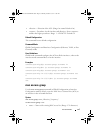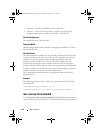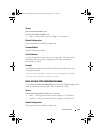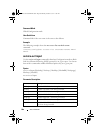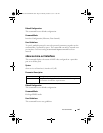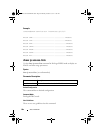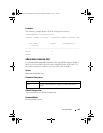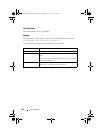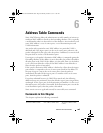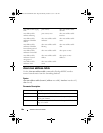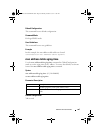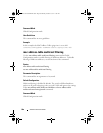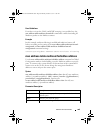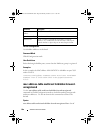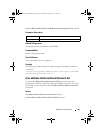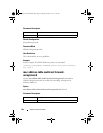
Address Table Commands 285
6
Address Table Commands
Static MAC Filtering allows the administrator to add a number of unicast or
multicast MAC addresses directly to the forwarding database. This is typically
a small number relative to the total size of the database. Associated with each
static MAC address is a set of source ports, a set of destination ports and
VLAN information.
Any packet with a particular static MAC address in a particular VLAN is
admitted only if the ingress port is in the set of source ports; otherwise, the
packet is dropped. On the egress side, the packet, if admitted, is sent out of all
the ports that are in the set of destination ports.
Upon ingress, each packet's destination MAC address is compared against the
forwarding database. If the address is not in the table, the packet is flooded to
all other ports in the VLAN. If the address is in the table, then it is checked to
see if it has been defined as a filter. If the MAC address is not defined as a
filter, then the packet is forwarded.
If the specific destination MAC address is defined as a filter, then the ingress
port number is compared to the set of source ports listed for the address. If
the port of ingress is not in the set of source ports, then the packet is
immediately discarded. If the ingress port is a member of the set of source
ports, then the packet is admitted.
For packets admitted because of a MAC filter match only, the following
additional steps are performed. Note that all other egress processing remains
unchanged. At the egress port, if the destination port number is in the set of
destination ports, the packet is forwarded. If the destination port is not in the
set of destination ports, then the packet is discarded.
Static entries are never aged and can only be removed by user command.
Commands in this Chapter
This chapter explains the following commands:
clear mac address-table mac address-table static show mac address-table
count
2CSPC4.XCT-SWUM2XX1.book Page 285 Monday, October 3, 2011 11:05 AM



